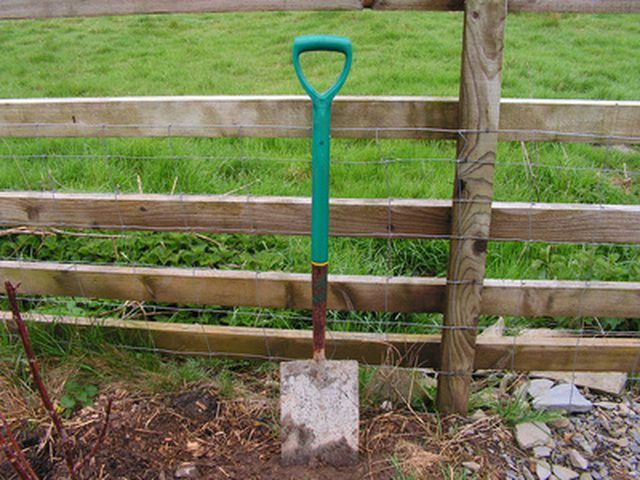Bulbs
Flower Basics
Flower Beds & Specialty Gardens
Flower Garden
Garden Furniture
Garden Gnomes
Garden Seeds
Garden Sheds
Garden Statues
Garden Tools & Supplies
Gardening Basics
Green & Organic
Groundcovers & Vines
Growing Annuals
Growing Basil
Growing Beans
Growing Berries
Growing Blueberries
Growing Cactus
Growing Corn
Growing Cotton
Growing Edibles
Growing Flowers
Growing Garlic
Growing Grapes
Growing Grass
Growing Herbs
Growing Jasmine
Growing Mint
Growing Mushrooms
Orchids
Growing Peanuts
Growing Perennials
Growing Plants
Growing Rosemary
Growing Roses
Growing Strawberries
Growing Sunflowers
Growing Thyme
Growing Tomatoes
Growing Tulips
Growing Vegetables
Herb Basics
Herb Garden
Indoor Growing
Landscaping Basics
Landscaping Patios
Landscaping Plants
Landscaping Shrubs
Landscaping Trees
Landscaping Walks & Pathways
Lawn Basics
Lawn Maintenance
Lawn Mowers
Lawn Ornaments
Lawn Planting
Lawn Tools
Outdoor Growing
Overall Landscape Planning
Pests, Weeds & Problems
Plant Basics
Rock Garden
Rose Garden
Shrubs
Soil
Specialty Gardens
Trees
Vegetable Garden
Yard Maintenance
Gypsum for Gardening
Gypsum for Gardening. Many gardeners get ready in spring to plant their seeds only to find out the soil is full of compacted clay. Building a new garden can be a lot of work, especially if you are dealing with substandard soil with poor drainage. Gypsum is an easy way to break up the clay and loosen up the structure of the soil.

Many gardeners get ready in spring to plant their seeds only to find out the soil is full of compacted clay. Building a new garden can be a lot of work, especially if you are dealing with substandard soil with poor drainage. Gypsum is an easy way to break up the clay and loosen up the structure of the soil.
What is Gypsum?
Gypsum is also known as gypsite. It is a stone-like form of hydrous calcium sulfate, known scientifically as CaSO4.
What Does Gypsum Do?
Gypsum penetrates the soil, breaking clay particles into smaller bits. The soil loosens, allowing air and moisture to access the lower layers. Gypsum is a good start. Continue to amend your soil with compost to create rich soil that plants love.
How Do You Apply Gypsum?
Spread the gypsum wherever you need help with your soil. Use it on your lawn, in your garden and in any potential garden areas by spreading it on the top of the soil.
How Much Should I Use?
Use about 5 to 10 pounds per 100 square feet of soil. Gypsum does not change the pH of the soil, so it is safe to use around all plants.
Does Gypsum Contain Nutrients?
No. While gypsum is made of calcium, it does not contain the most important nutrients that plants need. Fertilization with compost or commercial fertilizers is still required to feed your plants.